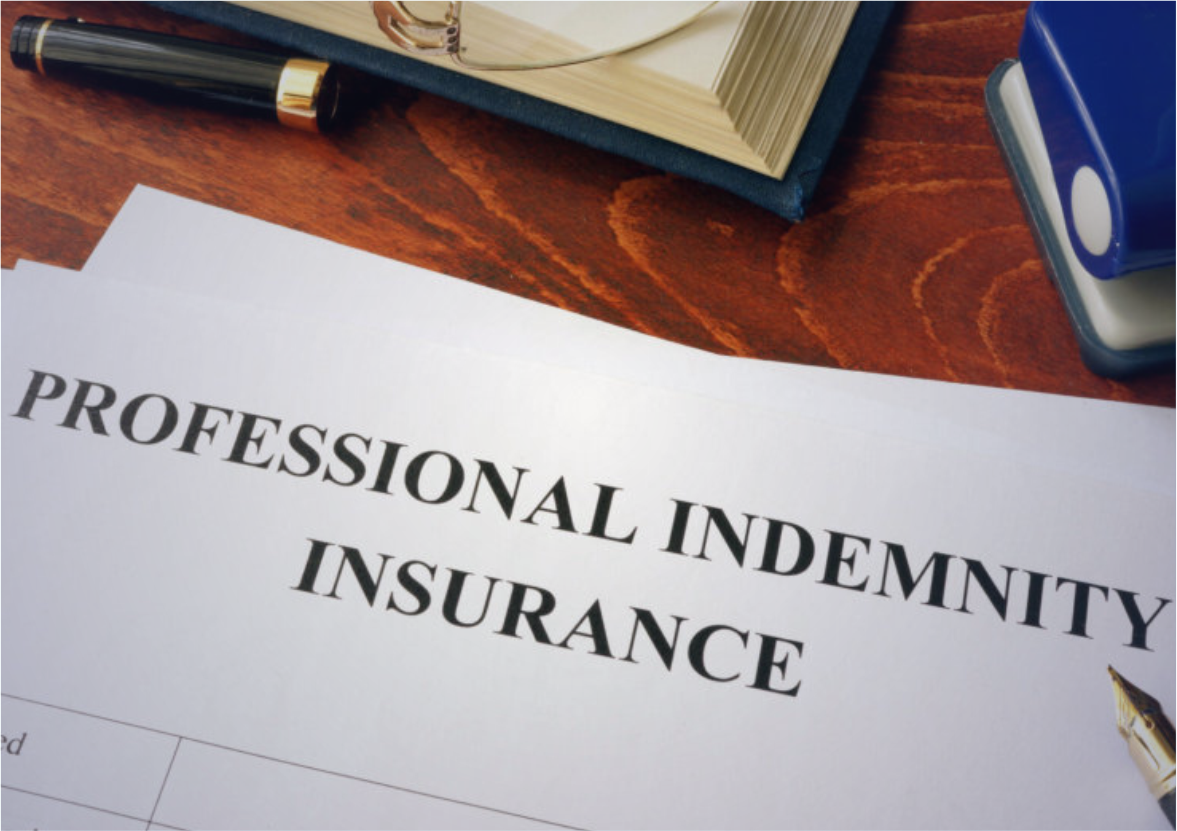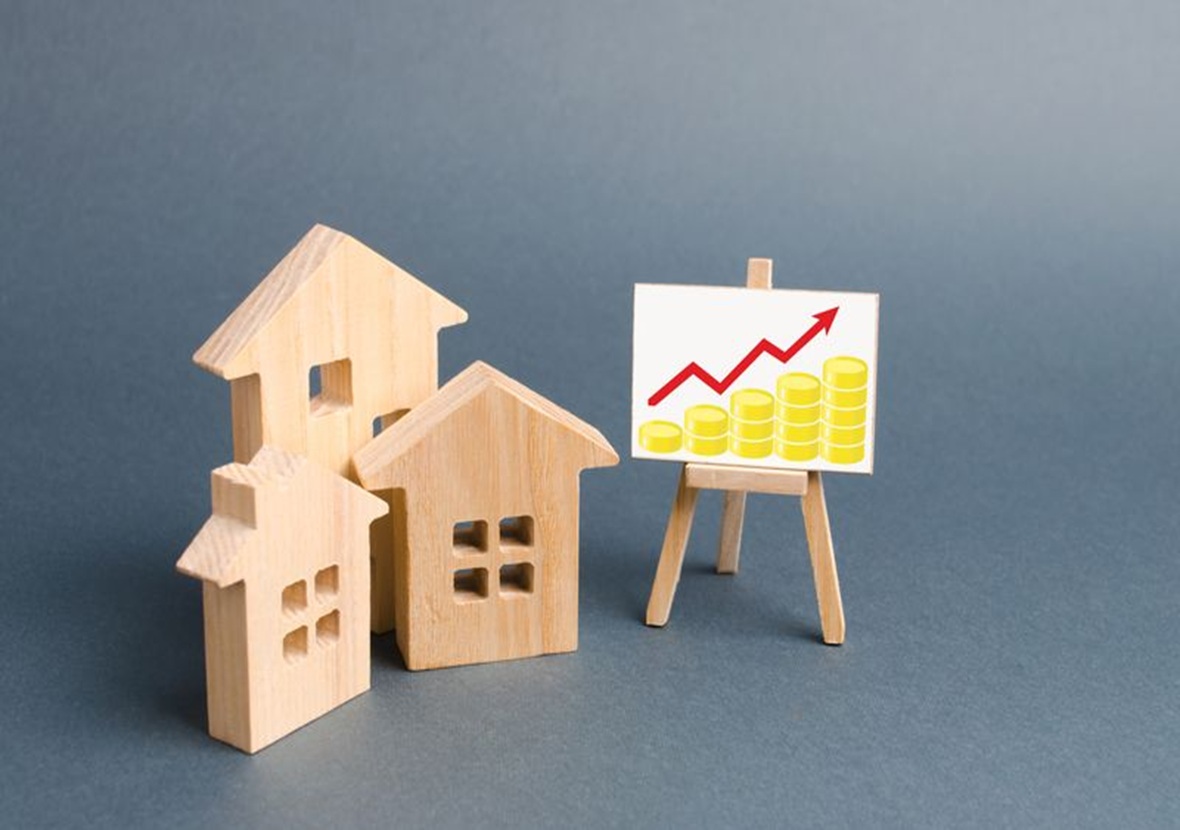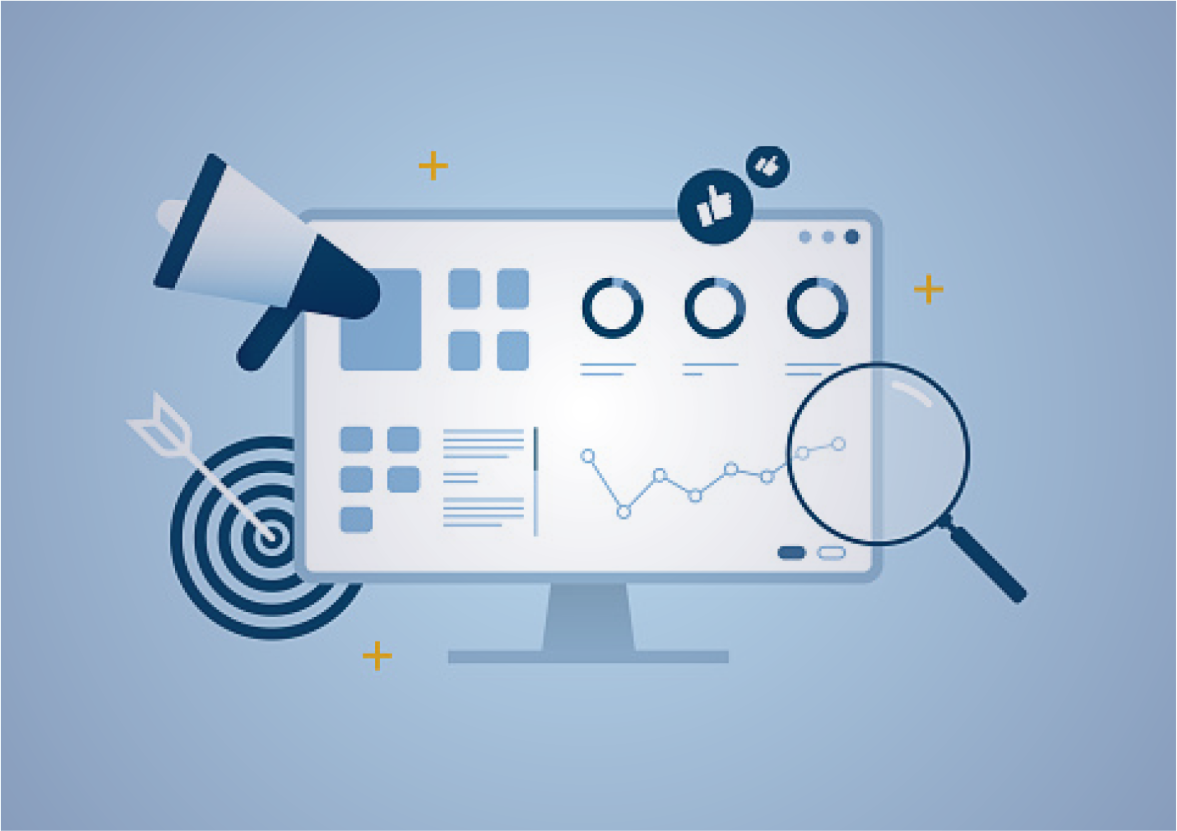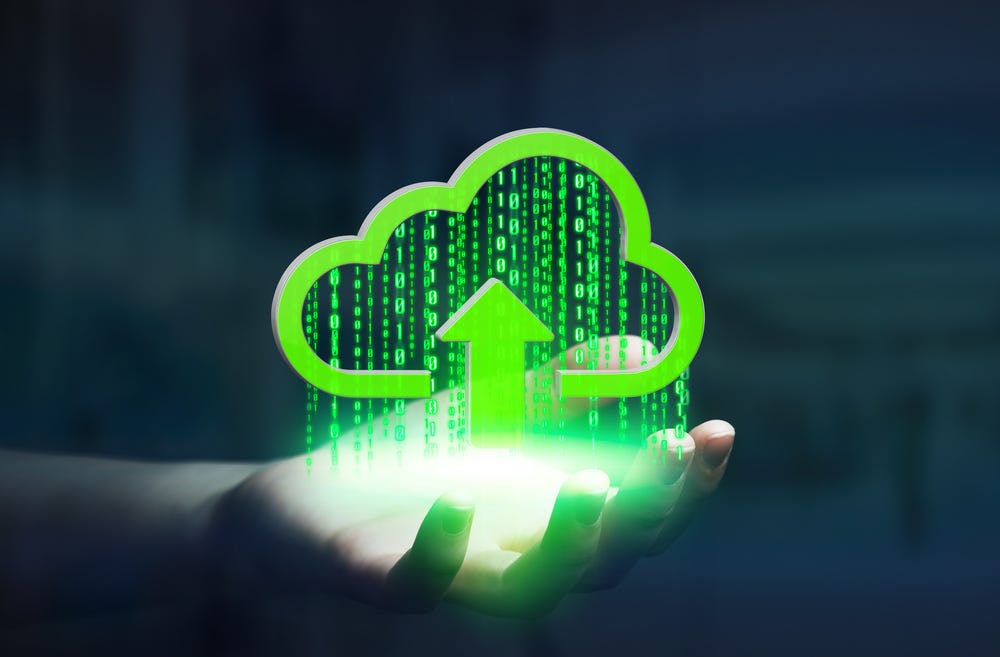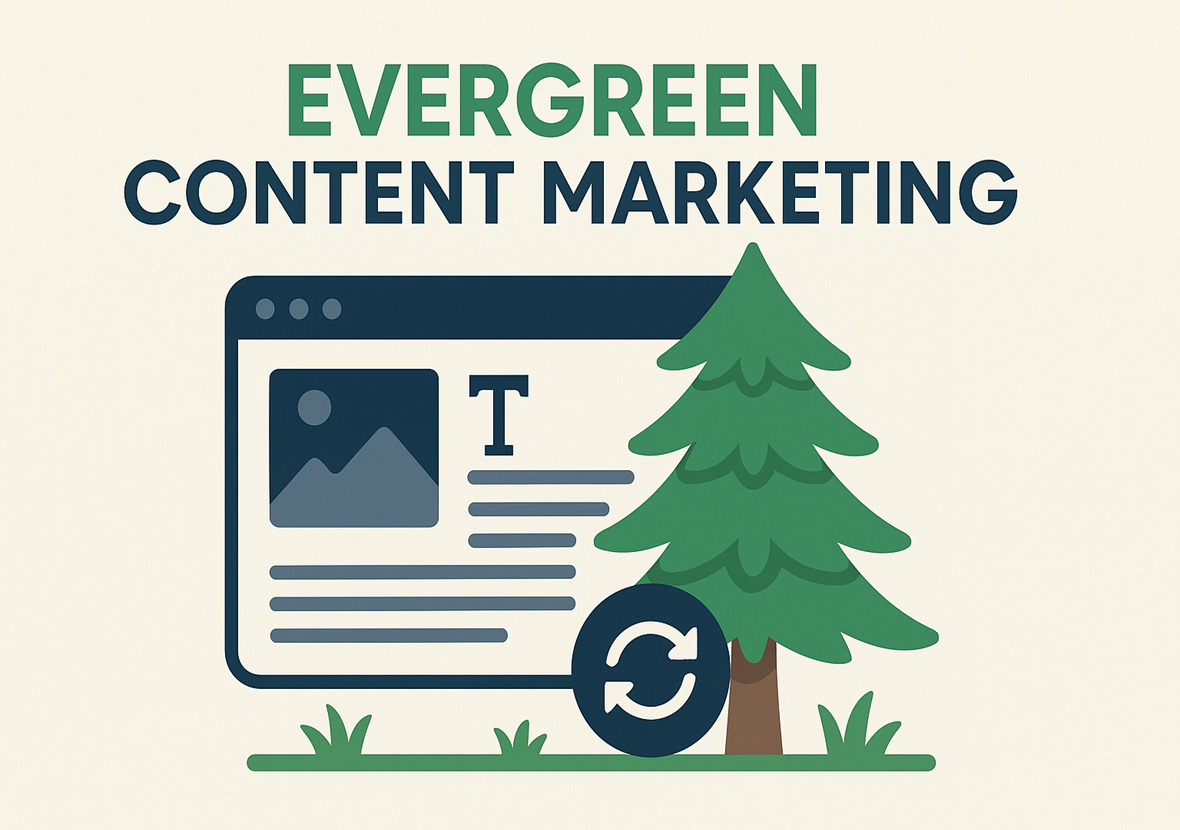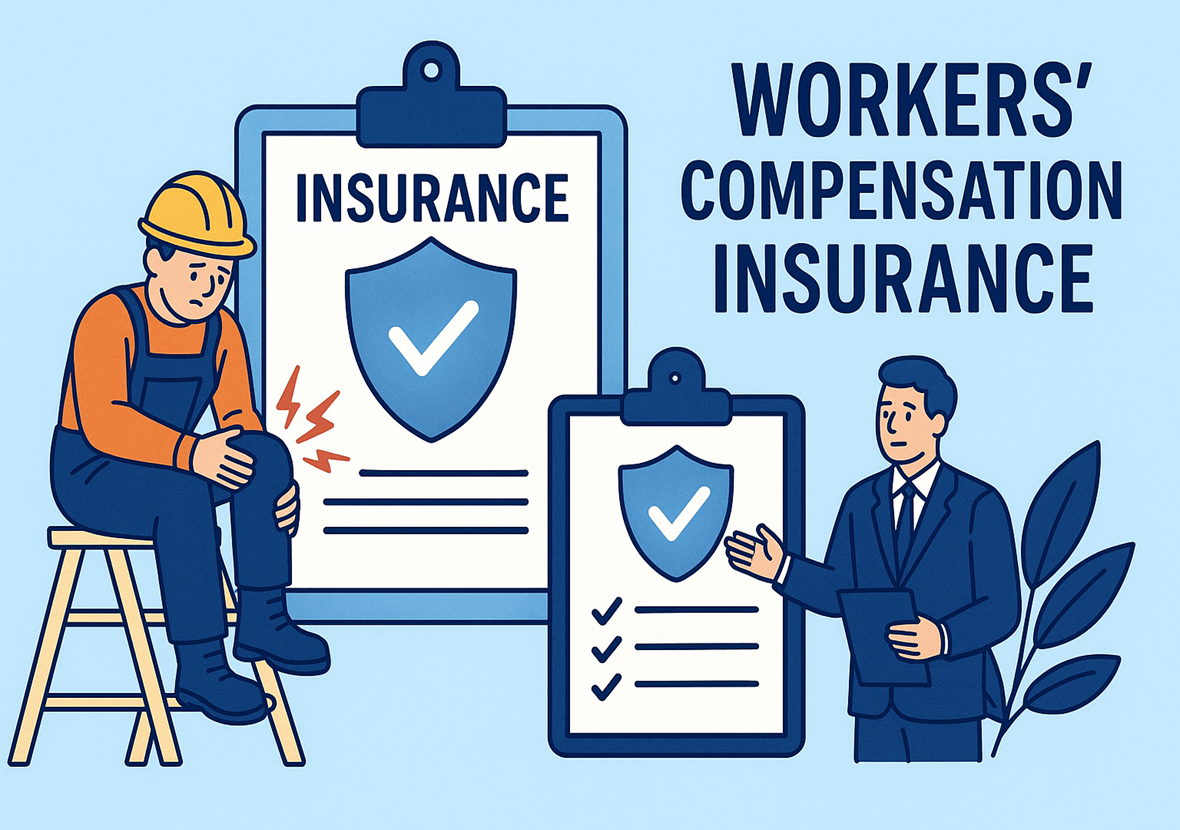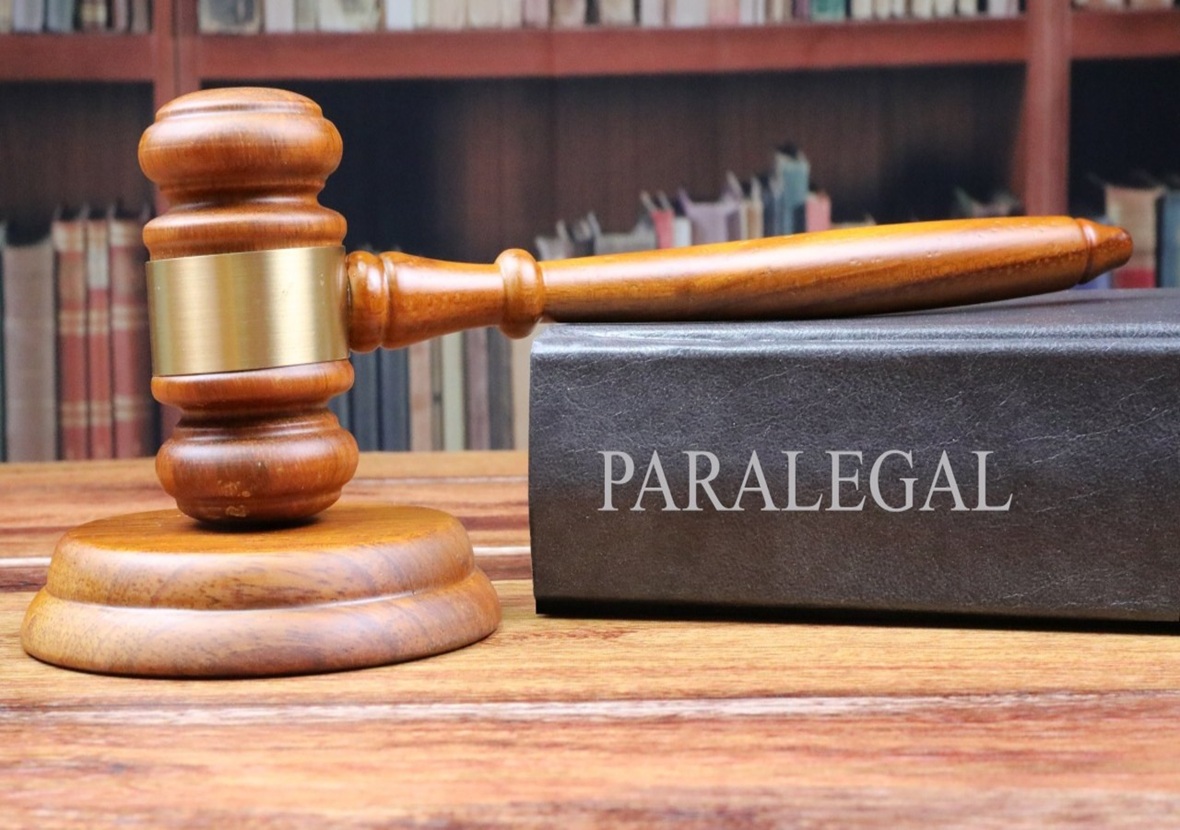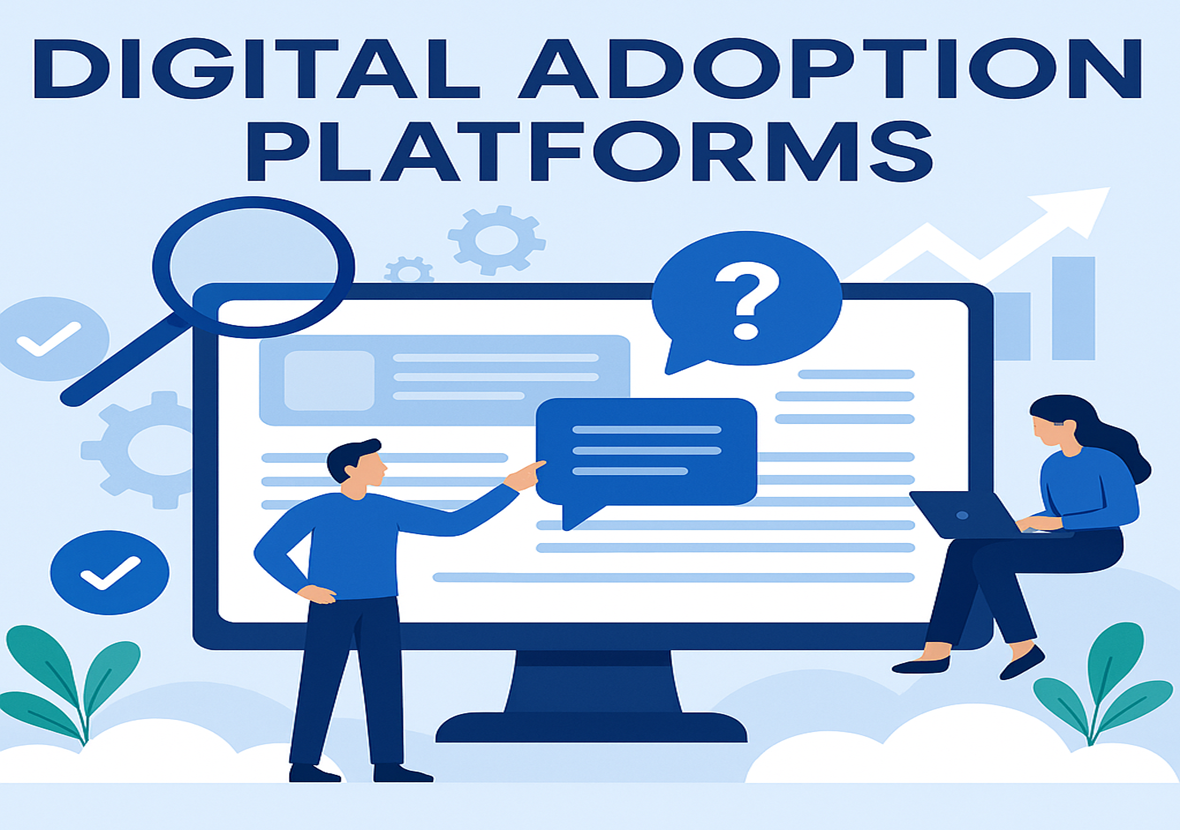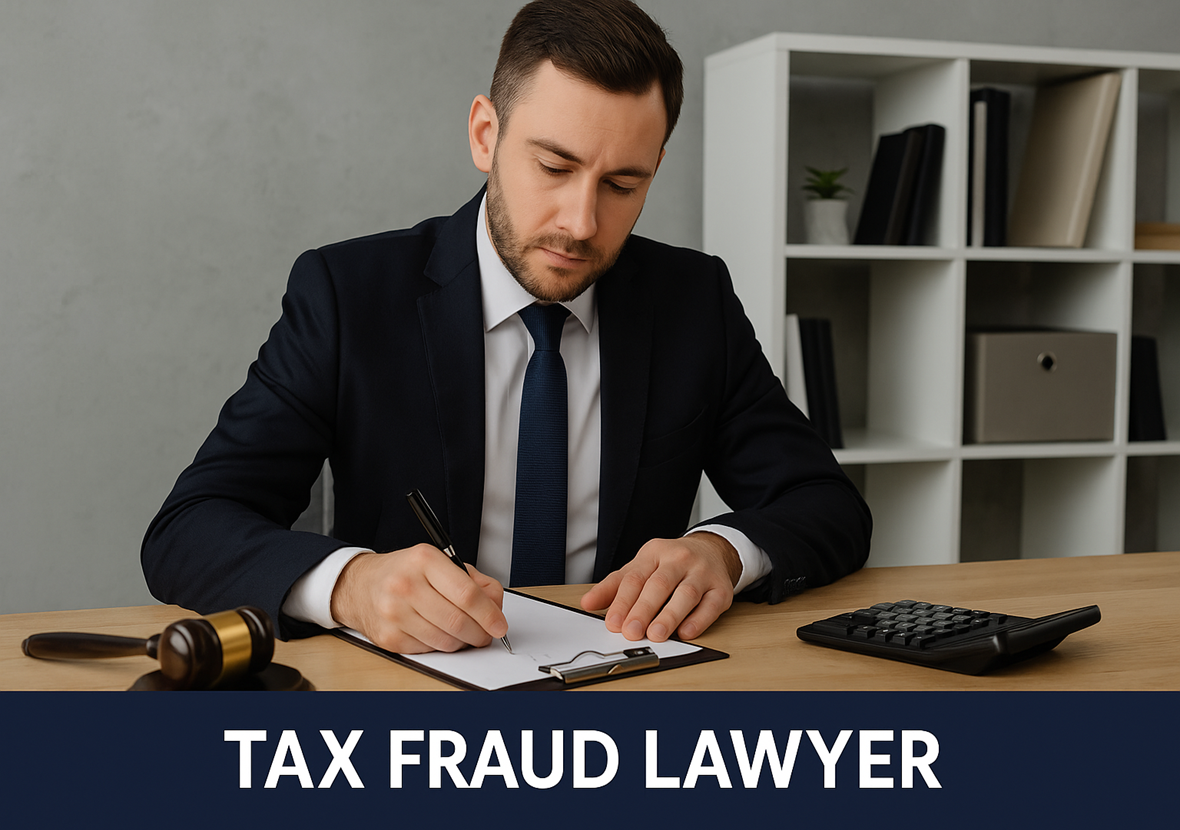How to Buy a House With No Money Down
In today’s competitive housing market, the idea of buying a house with no money down might sound too good to be true. But with home prices on the rise and inflation still impacting everyday budgets, more people are searching for creative ways to achieve the dream of homeownership without draining their savings. If you’re one of the many asking, “Can I still buy a house with no money down in 2025?”, the answer is yes—with the right knowledge and preparation.
Understanding how to buy a house with no money down is more relevant than ever. Whether you’re a first-time homebuyer, a military veteran, or someone with limited funds for a down payment, there are still accessible programs and strategies that can help you get the keys to your new home. This guide will walk you through the most effective options, explain who qualifies, and offer practical tips to make it happen in today’s market.
By the end of this post, you’ll know exactly what steps to take to secure a home with zero down payment—and how to do it confidently and smartly in 2025.
1. Understanding the Concept of “No Money Down” in Real Estate
Buying a home with no money down doesn’t mean you won’t have any expenses—it simply means you’re not required to make a traditional down payment, which usually ranges from 3% to 20% of the purchase price. For example, on a $300,000 home, that could mean saving up to $60,000. No-money-down programs eliminate that need, making homeownership more accessible to qualified buyers.
However, while the down payment might be waived, you’ll still need to consider other upfront costs like closing fees, inspections, or moving expenses. Some of these may also be rolled into your loan or covered through grants or seller concessions. The key is finding the right program and understanding how it fits into your financial picture.
In 2025, lenders are more flexible than ever, especially as the market adapts to younger and more diverse buyers. Whether through government-backed loans or community-based homebuyer initiatives, there are more opportunities to buy with little to no money out of pocket—if you know where to look.
2. VA Loans: A Top Option for Veterans and Active-Duty Service Members
If you’re a veteran, active-duty service member, or eligible surviving spouse, the VA loan is arguably the best no-money-down home loan available in 2025. Backed by the Department of Veterans Affairs, VA loans require no down payment, no private mortgage insurance (PMI), and often come with lower interest rates than conventional loans.
One of the biggest benefits is flexibility. VA loans don’t require perfect credit scores, and sellers are often willing to cover closing costs, which means you could walk into a home with little or no upfront cash required. Additionally, there’s no cap on the amount you can borrow, though limits may apply based on your entitlement and the property’s location.
In a time when affordability is top of mind, the VA loan program remains a critical pathway to homeownership for those who have served. If you qualify, it’s worth exploring this route before considering any other option.
3. USDA Loans
Another powerful no-money-down option in 2025 is the USDA loan, backed by the U.S. Department of Agriculture. Designed to promote homeownership in rural and select suburban areas, USDA loans offer zero-down financing to moderate- to low-income buyers.
The surprising part? You don’t need to live on a farm to qualify. Many growing suburbs and outer-city communities fall under USDA-approved zones. These loans also offer competitive interest rates and reduced mortgage insurance costs compared to conventional loans.
To qualify, buyers must meet income limits based on their area and family size, and the property must be located within an eligible geographic area. The application process can be a bit more detailed than a conventional mortgage, but the savings are well worth it.
For buyers willing to look outside of major metro areas, USDA loans open the door to affordable homeownership with no money down and favorable loan terms.
4. Down Payment Assistance and Grant Programs
If you don’t qualify for a VA or USDA loan, you’re not out of options. Many state and local governments, nonprofit organizations, and even employers offer down payment assistance programs (DPA) that can cover part or all of your upfront costs. In some cases, this assistance doesn’t need to be repaid—making it a form of free money.
These programs vary by location and may come in the form of grants, forgivable loans, or deferred second mortgages. Some are geared toward first-time buyers, while others are open to repeat buyers or those in specific professions like teaching or healthcare.
In 2025, many DPAs are tied to housing affordability efforts, particularly in cities where rising costs have priced out many would-be homeowners. The best approach is to check with your state’s housing finance agency or a HUD-approved housing counselor to find out what’s available in your area.
Even if you can’t get a completely no-money-down loan, combining a small down payment with assistance can bring your total upfront cost close to zero.
5. Negotiating With Sellers and Exploring Lender Credits
Even if you’re using a traditional mortgage, you may still be able to reduce your out-of-pocket costs through creative negotiation. In a buyer’s market—or when dealing with a motivated seller—it’s not uncommon to negotiate for seller concessions, where the seller agrees to pay part or all of your closing costs.
In 2025, with some regions experiencing slower sales, more sellers are open to incentives to close deals faster. This can be a huge help when you’re trying to minimize upfront costs, especially if your financing already covers the bulk of the home price.
Another tactic is to request lender credits, where the mortgage lender covers certain closing costs in exchange for a slightly higher interest rate. While this could increase your monthly payment a bit, it may be a smart trade-off if it means keeping cash in your pocket now.
These strategies require a skilled real estate agent who knows how to structure deals in your favor. It’s proof that with the right support, you can get into a home with little to no money down—even with a conventional loan structure.
6. Special Loan Options for First-Time Buyers
Many mortgage lenders in 2025 are offering first-time homebuyer programs that feature reduced down payments and more flexible qualification standards. Some of these programs allow for as little as 3% down and can be combined with down payment assistance to further lower costs.
Programs like Fannie Mae’s HomeReady and Freddie Mac’s Home Possible are two of the most popular, especially for buyers with moderate incomes. These loans offer benefits like reduced mortgage insurance and lower credit score requirements, making them ideal for those just entering the housing market.
Additionally, several banks and credit unions have introduced zero-down mortgage options as part of community lending initiatives. These programs may be restricted by geography or profession but are worth exploring if you’re a first-time buyer in 2025.
While not all of these loans are technically “no money down,” they can come very close with the right combination of grants, seller credits, and lender support—proving that homeownership is still within reach, even if your savings account is lean.
Conclusion
Buying a house with no money down in 2025 is not only possible—it’s happening every day for buyers across the country. With the right strategy, whether it’s a VA or USDA loan, a local grant, or smart negotiation tactics, you can get into your dream home without the typical financial barriers.
We’ve covered several powerful options, including government-backed loans, down payment assistance, seller concessions, and low-down-payment programs for first-time buyers. These tools are designed to make homeownership more accessible, especially as housing affordability remains a top concern.
If you’re serious about buying a house with little or no money down this year, the best next step is to speak with a mortgage professional who can assess your eligibility and match you with the right program. You can also download our free homebuyer checklist to start planning your journey today.

